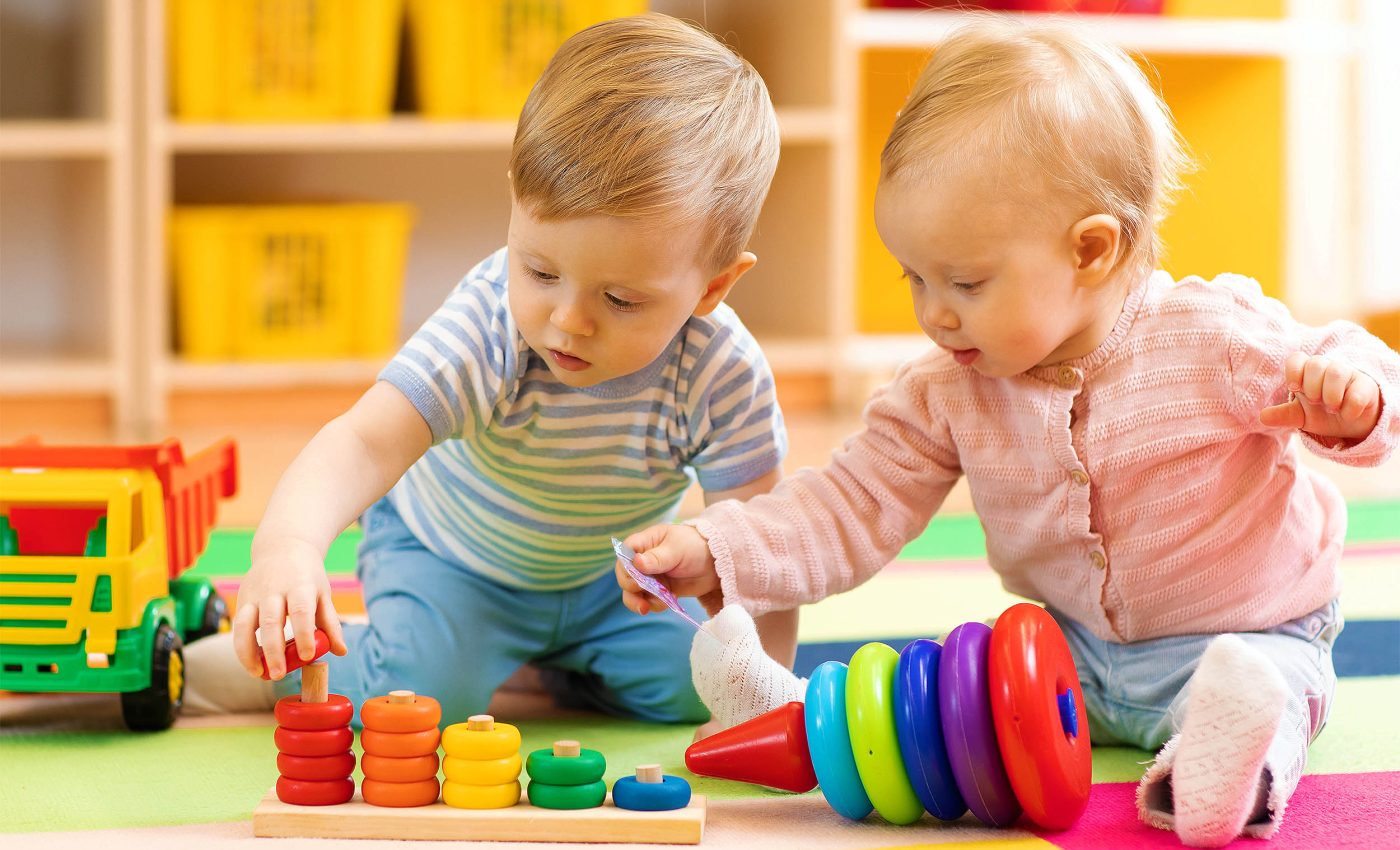
Infants show creativity skills even before they can talk
Can an infant barely a year old compose a symphony or craft the next great novel? Maybe not, but recent research suggests they might already be flexing their creativity in a very fascinating way.
In a remarkable new study from the University of Birmingham, UK, and Central European University (CEU) in Austria, it has been discovered that infants can merge simple concepts into intricate ideas.
It turns out that babies are not only creative thinkers before they utter their first words but this inventive brainwork could also play a critical role in language acquisition.
Infant creativity skills
Assistant Professor at the University of Birmingham’s School of Psychology, Dr. Barbara Pomiechowska, postulates that our astounding ability to combine ideas and invent new things may originate far earlier than we previously believed.
“Human creativity has no boundaries: it has taken us to the moon and allowed us to cure deadly diseases – but despite its importance, we don’t yet know when and how this impressive ability to combine ideas and invent new things emerges,” said Dr. Pomiechowska who conducted the research during her postdoctoral fellowship at CEU.
“This research shows that we must go right back to the beginning of language acquisition to solve this puzzle.”
Where does creativity come from?
The research aimed to uncover the roots of human creativity by studying infants. The scientists postulated that humans develop new thoughts and ideas by combining familiar concepts into novel structures.
However, how early in life these skills emerge remained an enigma. Enter our pint-sized participants.
Working with 60 babies all around the age of 12 months, the researchers began teaching the infants two new words to refer to quantities.
It’s not exactly the stuff of rocket science, but the word ‘mize’ was introduced to mean ‘one’, and ‘padu’ to mean ‘two’.
They then asked the babies to mix these new words with different object names, like identifying ‘padu ducks’ from a selection of pictures.
By using novel words for quantities, the researchers could test the babies’ ability to combine concepts in the moment, rather than merely remembering combinations of words they knew from past experiences.
Creativity in infant minds
Employing eye-tracking technology, researchers monitored where the cherubic learners looked. And what did they find? The babies successfully mixed the two concepts to understand what they were being probed about.
Dr. Agnes Kovacs, from CEU’s Department of Cognitive Science and CEU’s Cognitive Development Center, is of the opinion that this ability to blend different concepts helps babies not only decipher complex language but also learn about the physical and social world.
“For babies, this ability to combine different concepts is likely to help not only to interpret the complex language input, but also to learn about different aspects of the physical and social world. For adults, it’s an ability that helps to move past everything that’s already been thought of, opening the mind towards endless possibilities,” she said.
Conceptual blending
The skill of conceptual blending — merging multiple concepts to form a new understanding — has long been regarded as a cornerstone of adult creativity and problem-solving.
This study sheds light on the possibility that this sophisticated cognitive ability starts developing at a much younger age.
By demonstrating that infants can amalgamate concepts like quantities and objects, it suggests that the brain’s propensity for innovative thinking may be hardwired and nurtured from the earliest stages of life.
This revelation revises our understanding of cognitive development, emphasizing the importance of early intellectual stimulation and the potential to foster creativity even in infancy.
Implications for early childhood education
Given these groundbreaking findings, the landscape of early childhood education could see transformative changes.
Educational strategies could be adapted to better support and enhance the natural creative abilities of infants.
Activities that encourage conceptual blending, such as interactive storytelling or games that involve combining different objects and ideas, could play a significant role in educational curricula.
Implementing such practices might not only bolster early language skills but also cultivate a generation of innovative thinkers.
Dr. Pomiechowska and Dr. Kovacs advocate for educational programs that are mindful of these creative capabilities, aiming to provide a stimulating environment that respects and nurtures the latent creative potential within every child.
Future directions
This research strides a step forward in our understanding of where and when creativity starts in infants. It paints a picture of babies not just as passive sponges soaking up the world but as active and engaged creative thinkers.
So, the next time you see a baby babbling away or playing with their toys, remember that within their tiny heads, creative sparks are already flying. After all, as this research suggests, it’s never too early to start thinking outside the crib.
The study is published in the journal Proceedings of the National Academy of Sciences.
—–
Like what you read? Subscribe to our newsletter for engaging articles, exclusive content, and the latest updates.
Check us out on EarthSnap, a free app brought to you by Eric Ralls and Earth.com.
—–













